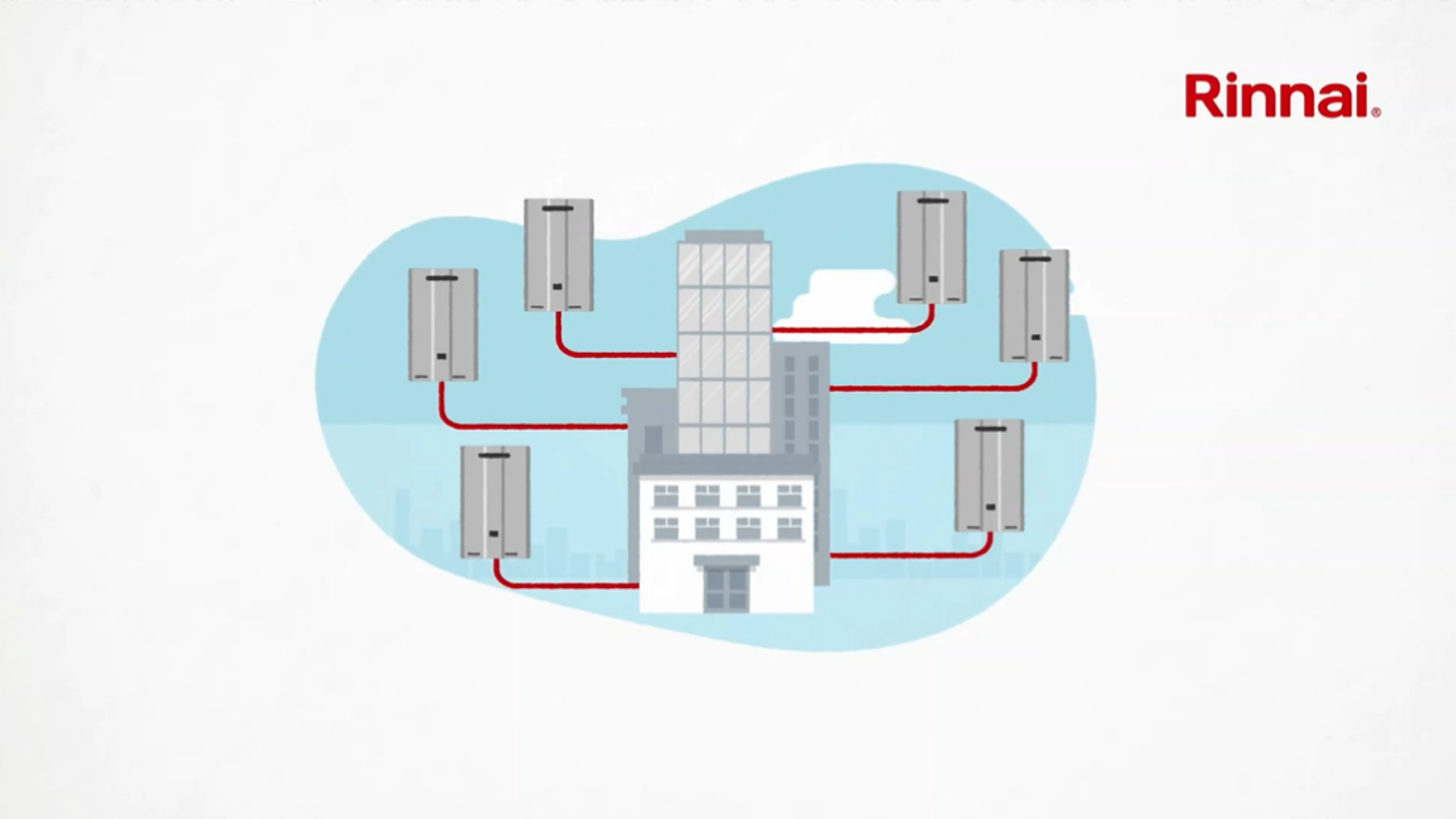America's Hydrogen – Will the West Follow?

Chris Goggin examines American interest and usage of hydrogen as a major contributor towards future decarbonising of domestic energy options; and, American market size could influence European and therefore global power trends in the near future will also be analysed.
Russia’s military aggression in Ukraine has convinced western economies to suspend Russian energy imports. A solution to replenishing European and global power capacity is to swiftly introduce substitute energies into domestic energy mixes.
Hydrogen has been identified as possessing capabilities that can both reduce Russian fuel imports whilst cutting carbon emissions. Hydrogen is already accepted as a future world fuel source by major companies and prominent economies across the globe making a future international hydrogen economy likely. As a future global energy strategy that shifts away from fossil fuels has been hastened by the Ukraine crises hydrogen advancement is expected.
Energy market analysts and journalists recently described China’s current domestic hydrogen push as providing stimulus towards a functioning global hydrogen economy due to the sheer size of China’s domestic market.
It is believed that once China openly endorses hydrogen usage across multiple sectors and industries, international hydrogen production costs will fall and manufacturing output rise. China’s domestic hydrogen usage can supply fertile conditions for an international hydrogen economy to gain traction.
The same logic is to be applied to American acceptance of hydrogen. America is the world’s number one economy and military power. Social, economic and cultural trends adopted in America often drift across the Atlantic and into the current of UK life also.
American hydrogen projects are wide in number and cover a range of specific areas, such as injecting hydrogen blends into regional gas transmission networks, transport sector fuel replacement and constructing hydrogen hubs.
In July 2021 the US Department of Energy (DOE) sanctioned $52.5 million in funding towards 31 projects that focused on increasing hydrogen’s domestic capabilities as a multi-use energy resource. Projects included: clean hydrogen production, domestic supply chain cost reduction, advancing alternative cost-effective production methods and developing gas turbine combustion systems for domestic purpose. These combustion systems will be able to accept 100% hydrogen as well as natural gas blends.
The Biden administration is going to increase financial outlay from $44.9 billion in 2022 to $48.2 billion in 2023. Advancing carbon capture technology, renewable production, electric vehicles, and hydrogen technologies will be areas prioritized by this funding.
An area of study undertaken by multiple regional American energy distributers is domestic hydrogen usage. Entergy, a southern state energy provider has admitted plans to local administrators to construct a hydrogen dispersal facility to provide power to local homes.
The plant will be in Bridge City, Texas, next to existing hydrogen infrastructure that Entergy already own and operate. Initial hydrogen and natural gas mixes will be around 30% with a 100% green hydrogen conversion being the aim. If approved, this project will begin construction in 2023.
A separate east coast venture concentrating on hydrogen and natural gas mixes has also been undertaken. New Jersey Resources Corp (NJR) has been delivering small amounts of green hydrogen into local homes and businesses within their operational authority, Howell, New Jersey. The exact percentage of hydrogen blending has not been revealed. The project is actively on-going.
Dominion Energy, a Virginia based energy Distribution Company is currently pursuing two separate hydrogen natural gas blending projects in North Carolina and Utah. Both projects will add a 5% hydrogen blend with natural gas. A small circle of close proximity customers will receive hydrogen gas blends in North Carolina whilst the Utah project will focus on collecting data that reveals insights into hydrogen behaviour within infrastructure. The Utah project will be held at Dominion Energy’s local testing facility.
In a separate venture to all previously mentioned funding the US Department of Energy (DOE) is allocating $8 billion of funding towards the construction of four regional hydrogen hubs that focus on producing distinct end products designed for different end uses, such as: power generation, industrial applications, transport, and home heating.
This $8 billion in funding is part of the recently passed Bipartisan Infrastructure Investment & Jobs Act. Already a number of Coalition states, big companies and interested parties have registered interest in the US Northeast that includes 40 participants and a collection of Southern states regarding investment applications.
American company Green Hydrogen International will construct a hydrogen complex in Duval County, South Texas. The project has been christened Hydrogen City. Wind and solar power will be extracted to generate 60GW of green hydrogen capacity. The hub will be capable of producing 2.5 million tonnes of green hydrogen per year. The first 2 GW phase will begin in 2026; once fully operational hydrogen will be transported to the port cities of Corpus Christi and Brownsville ready for export.
Future global energy options are in the process of being diversified. Russian military interference in Ukraine and the aim of decarbonisation has accelerated these plans. As a result, a wide range of alternative energies will soon be placed within domestic markets. Hydrogen is highly likely to feature prominently within multiple domestic energy strategies across the globe.
The largest economy in the world – the US - is directing huge amounts of revenue into a vast number of hydrogen projects; domestic hydrogen usage being an area of specific interest.
Customers of energy should be aware that if the US decides to incorporate hydrogen into their domestic energy mix and to begin international exporting operations, the western world will be influenced to also adopt hydrogen into domestic energy plans due to the vast influence of American financial power.
As a direct result from the Ukraine crises energy options are being expanded, UK customers of power may have to pragmatically accept current and future alternative energy options that more influential economies prefer, and current energy market conditions allow for.
For more information on the RINNAI product range visit www.rinnaiuk.com

